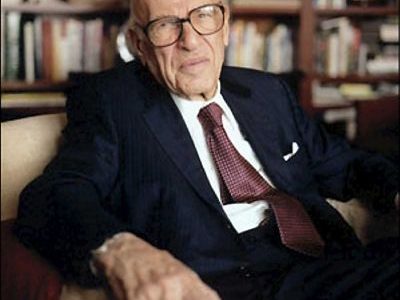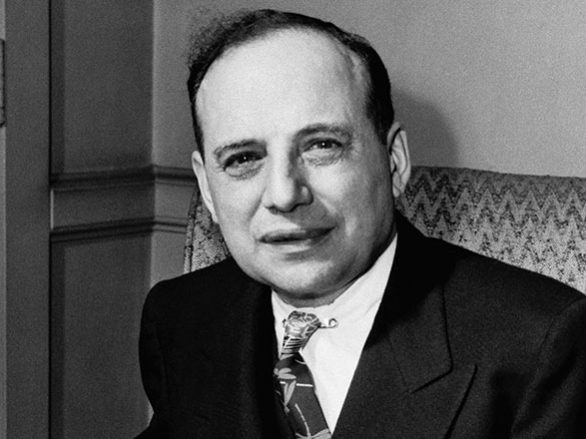The Tweedy, Browne Value Investing Strategy
Originally serving as stock broker to the father of value investing, Benjamin Graham, Tweedy, Browne & Company converted to a money management company and eventually launched several highly successful mutual funds that operated with the same value investing style for which they had become renowned. After beating the market by several percentage points for nearly forty years, the firm’s place in the halls of investing greats has been securely established.
Details











